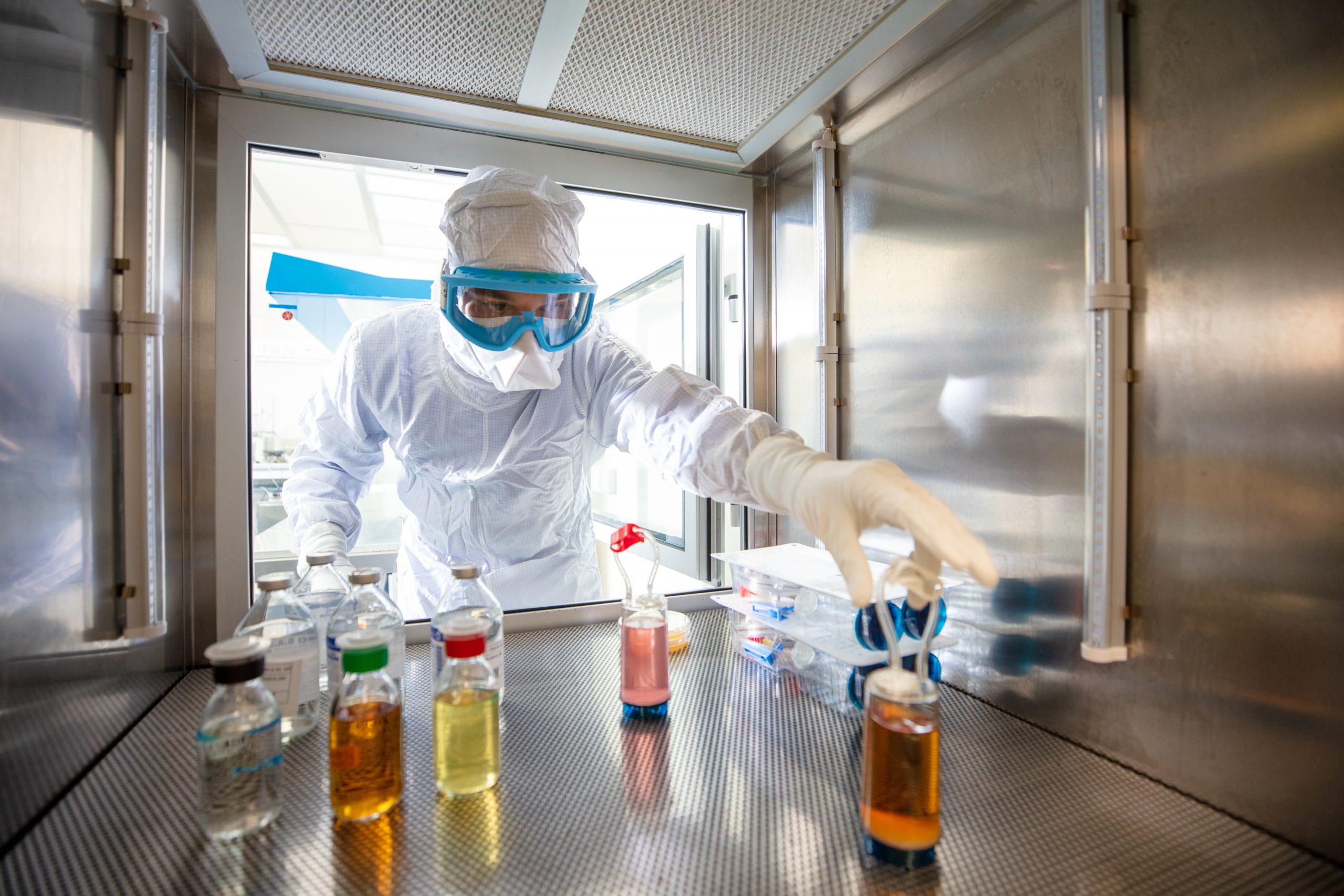
Novartis empowers scientists with AI to speed the discovery and development of breakthrough medicines
Here’s a cooking story unlike any you’ve heard before. That’s because the chefs are chemists, the ingredients are molecules, and the main course is a new medication designed to defeat illness.
At least, that’s Luca Finelli’s snackable description to explain in simple terms how scientists at Novartis are searching for breakthrough medicines powered by artificial intelligence (AI), part of a collaboration with Microsoft to get medicines to patients faster.
But that recipe hinges on the scientists’ ability to predict which blend of molecules can be transformed into medicines – a tedious process that traditionally takes decades and can cost billions.
“Creating the formulation to a drug is a bit like cooking,” says Finelli, vice president and head of insights, strategy and design at Novartis, a multinational pharmaceutical company headquartered in Basel, Switzerland.
“Typically, the formulation scientist needs to decide, ‘I will take this amount of this ingredient A and some amount of this ingredient B.’ They then try different combinations,” Finelli adds.
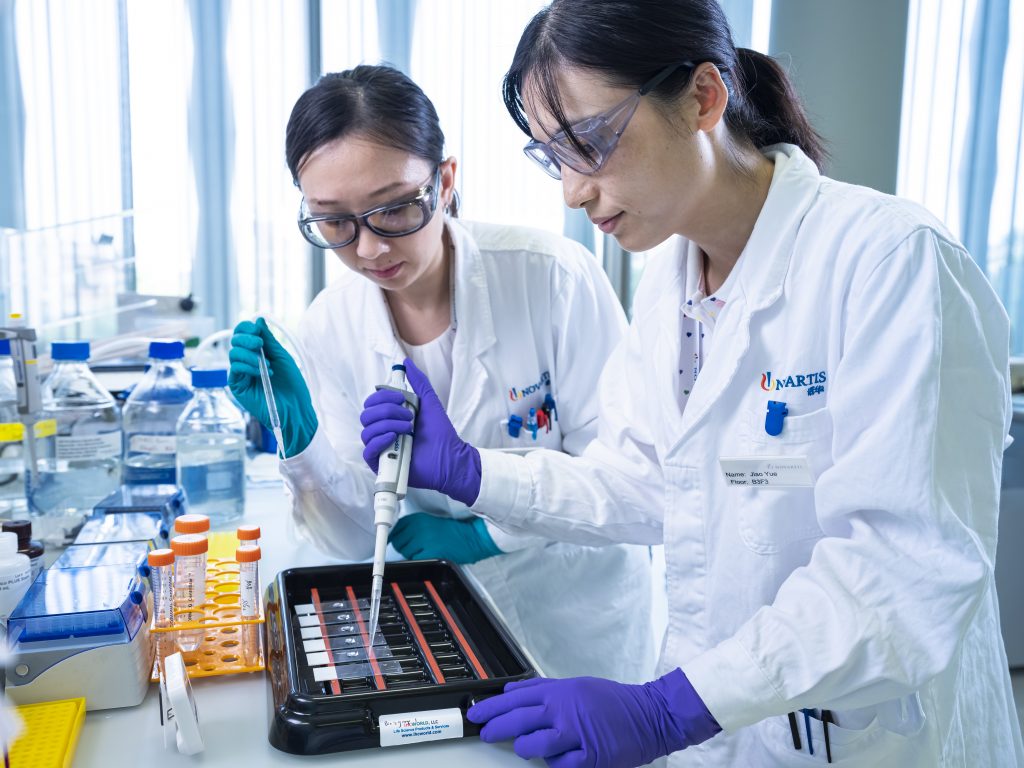
Two Novartis scientists perform a test in the lab.
Each molecular combo must next be tested to gauge efficacy, stability, safety and more. Conducting those experiments can span years. And most promising drug candidates fail somewhere during that long journey.
But by leveraging the power of AI in collaboration with Microsoft, Novartis researchers may be able to shorten that process to weeks or even days.
How? Tools that use AI can sift quickly through stores of data and results from decades of laboratory experiments and suggest molecules with the desired characteristics that are optimized for the medicinal task at hand. Those drug leads might then be fast-tracked for additional testing and, if proven safe and effective, potentially be developed and manufactured as a remedy for illness. This AI-bolstered process could cut out years of trial-and-error experimenting with molecules that are less than ideal.
In fact, that functionality already has been “integrated into the decision-support system in front of our medicinal chemists,” says Shahram Ebadollahi, chief data and AI officer at Novartis.
The potential human impacts are vast, Ebadollahi says.
“If you look at every aspect of the pipeline – from early drug discovery and drug development to clinical trials and then on to manufacturing the drug at large scale – in 2020 alone, our medicines reached almost 800 million patients worldwide,” Ebadollahi says.
To accomplish this feat, Novartis scientists create molecules that never have been made, and these molecules will help develop new medicines to combat diseases for which there are no treatments, says Karin Briner, head of global discovery chemistry at Novartis Institutes of BioMedical Research.
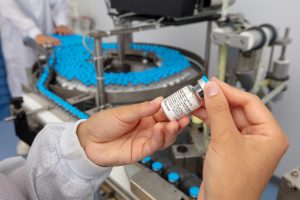
A Novartis scientist examines a vial of medicine.
The foundation for this work is the 2019 strategic partnership between Novartis and Microsoft to “reimagine medicine” by founding the Novartis AI Innovation Lab. The goal of that alliance is to help accelerate drug discovery for patients worldwide by augmenting scientists with cutting-edge technology platforms.
“Microsoft brings two things,” says Chris Bishop, lab director for Microsoft Research Europe.
“We bring our expertise in machine learning and our large-scale compute. Those don’t exist in the pharma world. And Microsoft can’t take this on (independently). We’re not a pharma company. So the partnership is absolutely crucial,” Bishop says. “That’s how the disruption will unfold. That collaboration is at the heart of this.”
Machine learning is a key part of AI, enabling computers to use algorithms to find patterns and trends within huge sets of data.
At Novartis, researchers can apply AI to comb through a trove of lab data from thousands of past drug-development experiments – findings buried in PDFs, Excel tables and written descriptions of the chemical properties of previously explored molecules.
“Normally, they do this manually, reading through all of these documents to find out what is relevant to the question they have in mind,” Finelli says.
“Here, AI can actually help to do this in a few clicks and bring the relevant information back to the user for further use, informing them how to design future experiments to find new ways to create a formulation for a new drug,” Finelli adds.
Novartis researchers also are leveraging Microsoft Azure in their work.
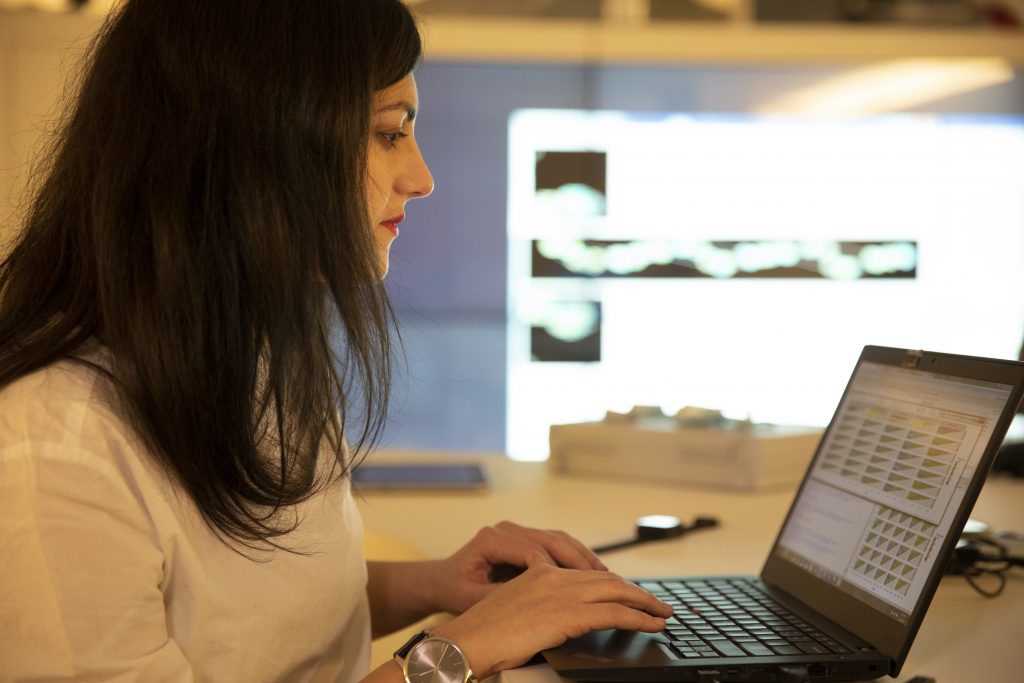
By using AI, researchers now can simulate thousands of experiments simultaneously.
Eventually, scientists at Novartis aim to use computer models to help predict promising molecular structures or to reveal which experiments might be most useful in testing, maintaining quality while shortcutting a testing process that now can take years.
“Now you can do 10,000 experiments simultaneously, get the results, then use those to design the next 10,000 experiments,” Bishop says.
“So the revolution is beginning to unfold. Deep learning is completely changing the way we think about simulating physical systems – it might be (simulating) two galaxies colliding or weather systems or the climate. And it might be small molecules binding with proteins – in other words, the whole process of how drugs work,” Bishop adds.
To conduct its molecular simulations, Novartis relies on expertise provided by the Microsoft Research Lab in Cambridge and, in smaller ways, by ongoing work occurring at Microsoft Research Labs in Amsterdam, Beijing and Redmond, Washington, Bishop says.
But at the center of all that discovery, humans continue to be the most vital engine.
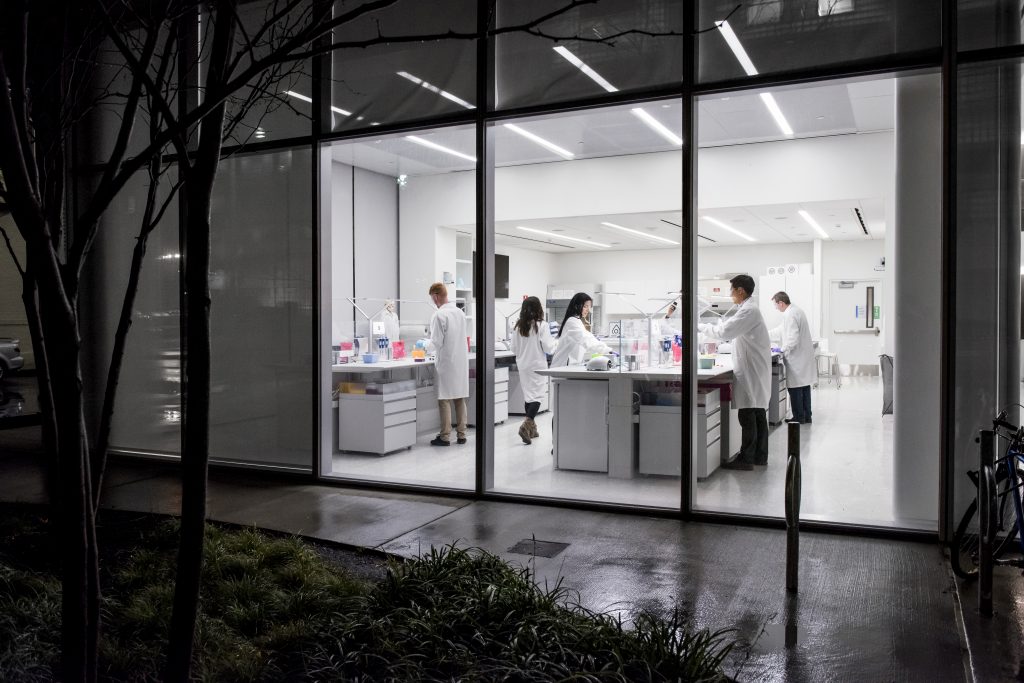
Lab workers at Novartis.
As part of its strategic partnership with Microsoft, Novartis is bringing AI to the desktop of every company associate. At Novartis, they call this “the enablement of citizen data scientists.”
“Business is becoming increasingly data driven. The way I see it, one needs to embed AI-based tools – small engines of AI – into every aspect of an organization’s operation, so a person who is not necessarily a data scientist can have higher-quality, faster decision making,” Ebadollahi says.
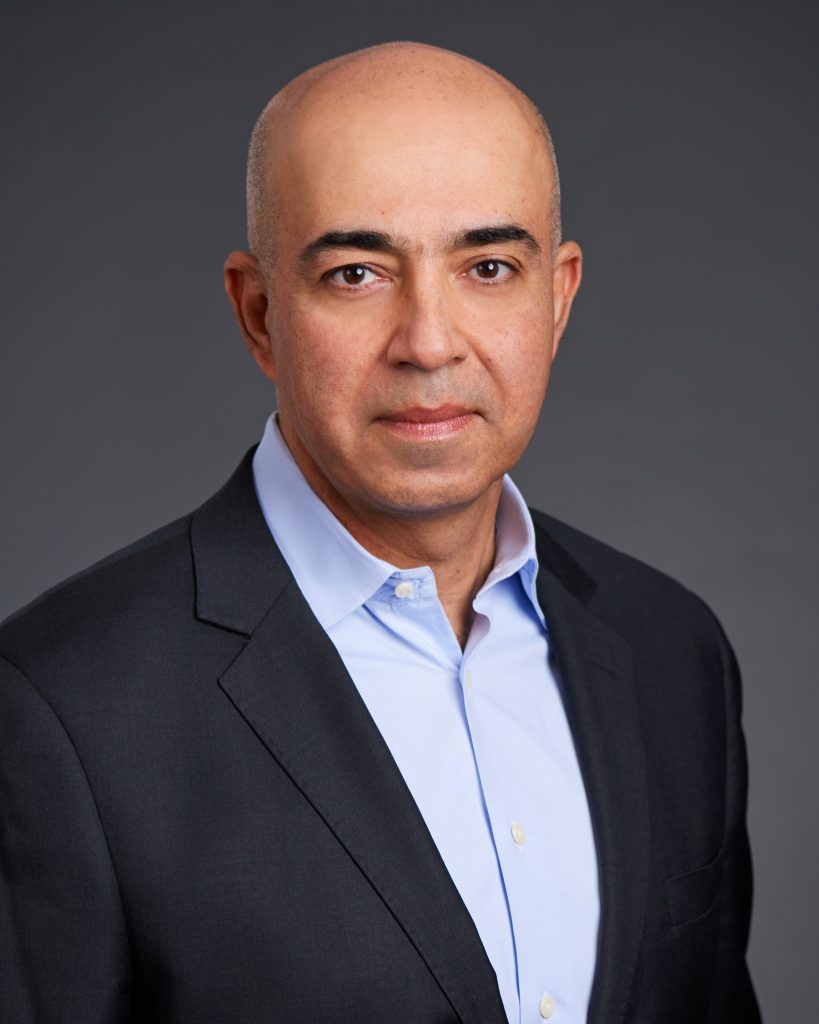
Shahram Ebadollahi.
This rising concept, also known as the democratization of AI, gives people the ability to use AI to tap into the wealth of data available and derive novel insights and discover breakthrough treatments that improve and extend peoples’ lives.
“That is why we are even doing this work, that is the higher purpose,” Ebadollahi says. “At Novartis, we are impacting human lives through the medicines that we develop. You can’t be a data scientist or a machine learning expert and not have that in the back of your mind every day.”
For Ebadollahi, who spends much of his time focusing on the deep intricacies of datasets and machine learning, there’s always mental space for loved ones, family members and friends who are dealing with health problems.
Those are the human touchpoints, he says, that help to energize his mission, that clarify what every workday should really be about. It is their faces that sometimes enter his thoughts alongside the latest tech responsibilities on his plate.
“At a medicines company, you hear about the ailments, the diseases for which these fantastic scientists, biologists and chemists are in search of the drug,” Ebadollahi says. “It’s very, very present in the atmosphere.
“In the thick of the work, in the day-to-day of business, you might get lost in the noise a little bit, but it’s good to step back and look at why you are doing what you’re doing. And when I do, those are the pictures I see – the faces of loved ones come to my mind.”
Top photo: A Novartis scientist reaches for a vial inside a lab hood. (All photos courtesy of Novartis)
